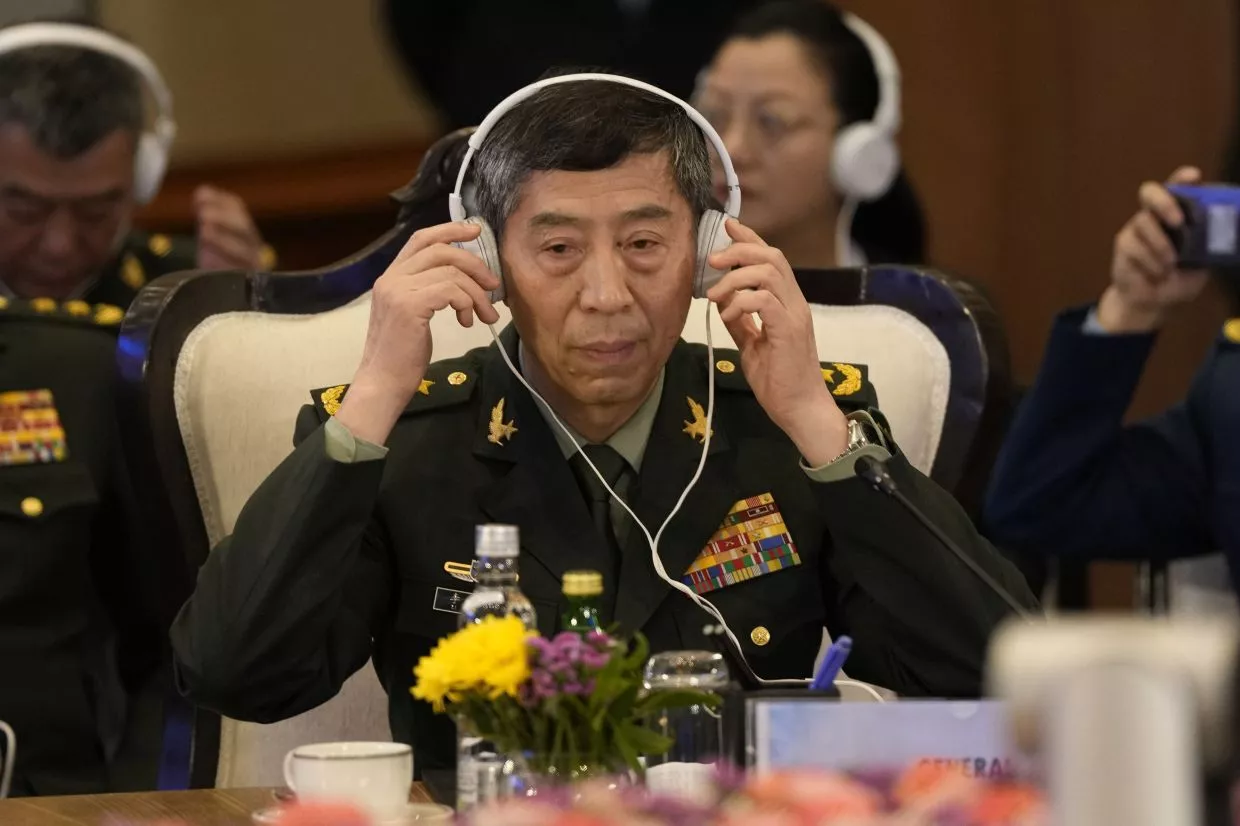Japan and China used a new military hotline for the first time on Tuesday, their defense ministries said, following years of negotiations to set up the communication channel.
Japanese Defense Minister Yasukazu Hamada held a 20-minute call with his Chinese counterpart Li Shangfu, Tokyo’s ministry said in a statement. Hamada mentioned the existence of security concerns between Japan and China, such as the situation in the East China Sea, it said.
He stated that it is necessary to have candid communication especially when there are concerns about Japan-China relations.
Beijing confirmed the call, saying the air and maritime hotline would “contribute to further maintaining regional peace and stability.”
The hotline, launched on March 31, had been mooted by both sides for over a decade as a way to avert unexpected clashes in the East China Sea.
A territorial dispute over islets in the area known as the Senkaku by Tokyo and the Diaoyu by Beijing has long fueled tensions between the countries.
Japan, wary of its neighbor’s growing military power, has publicly protested the presence of Chinese vessels around the disputed islets, and in other regions including near Okinawa. As the world’s second-and third-largest economies, China and Japan are key trading partners, and last year marked 50 years of diplomatic relations.
But ties between them are often fraught, and soured in December when Japan announced a security overhaul including more defense spending, calling China its “greatest strategic challenge ever.”
Nonetheless, Prime Minister Fumio Kishida recently said he wants “constructive and stable” ties with China. Kishida met President Xi Jinping on the sidelines of a summit last year, and Japan’s foreign minister visited Beijing last month — the first such trip since December 2019.
This week, Kishida is hosting G7 leaders in Hiroshima, where the bloc’s relationship with China will be high on the agenda.
At a G7 foreign ministers’ meeting in April, seen as setting the stage for the summit, the group warned Beijing over “militarization activities” in the South China Sea.




